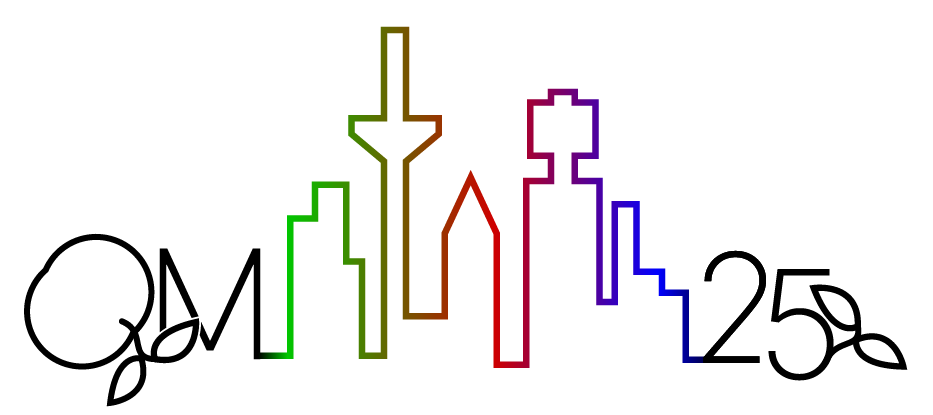Speaker
Description
In the last years, it has become clearer that recoiling particles originated due to elastic scatterings between the energetic partons within a jet and the medium constituents within the QGP are of great importance for jet quenching phenomenology. Current implementations in state-of-the-art models consider that the elastic scattering process takes place between an on-shell energetic parton and the medium constituent. Crucially, however, highly energetic partons produced during jet evolution cannot be considered in general as on-shell states coming from infinity, and their correct description is in terms of a collection of color correlated dipoles. In this talk we present the first computation of the properties of the soft recoils produced as a result of perturbative elastic scatterings between a color coherent dipole and a quark medium constituent.
Our findings [1] indicate that the angular phase space of these soft recoiling quarks is tightly constrained by the opening angle of the color coherent dipole, owing to quantum interference effects. In this long wavelength limit, one can effectively consider that interactions take place with each of the legs of the dipole separately, provided that the angular constraints dictated by the corresponding color flow topologies are respected. This is in complete analogy with the case of soft gluon emission in vacuum, where the recoil quark plays the role of the emitted gluon. As a direct phenomenological application we provide the first estimate of the collisional energy loss rate of a color antenna. Importantly, these results indicate the way in which color coherence effects can be implemented in jet quenching models that account for the recoils from elastic scatterings, improving in this way our description of medium response physics.
[1] arXiv:2406.08550v2
| Category | Theory |
|---|
